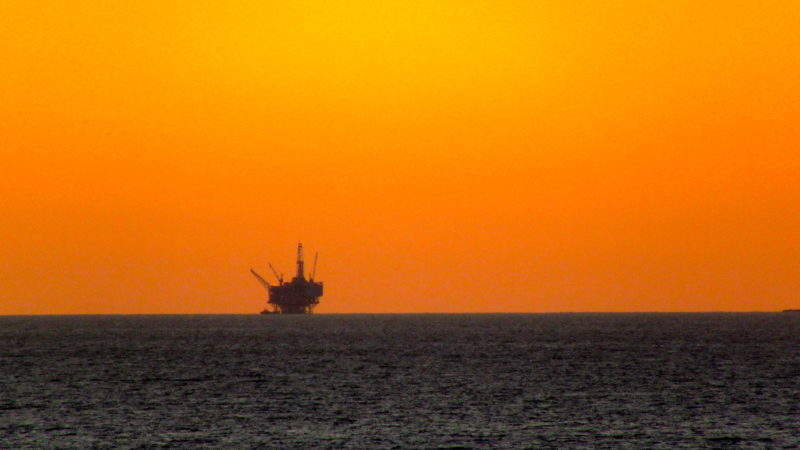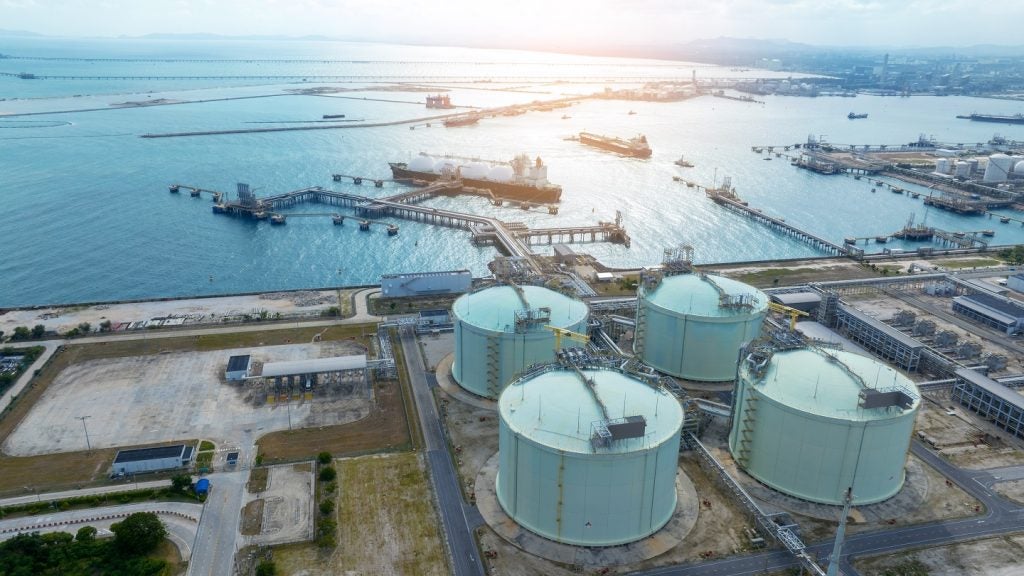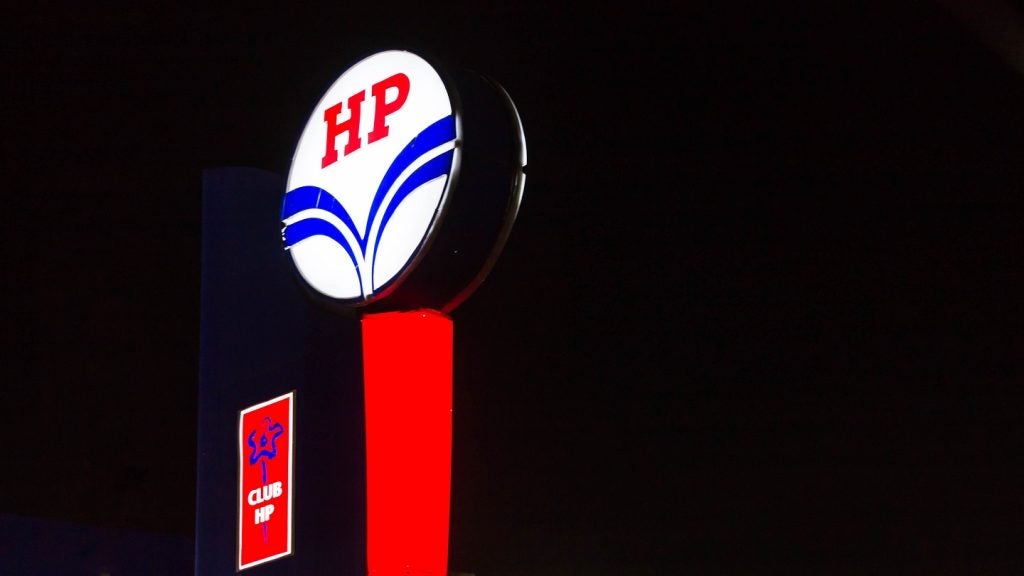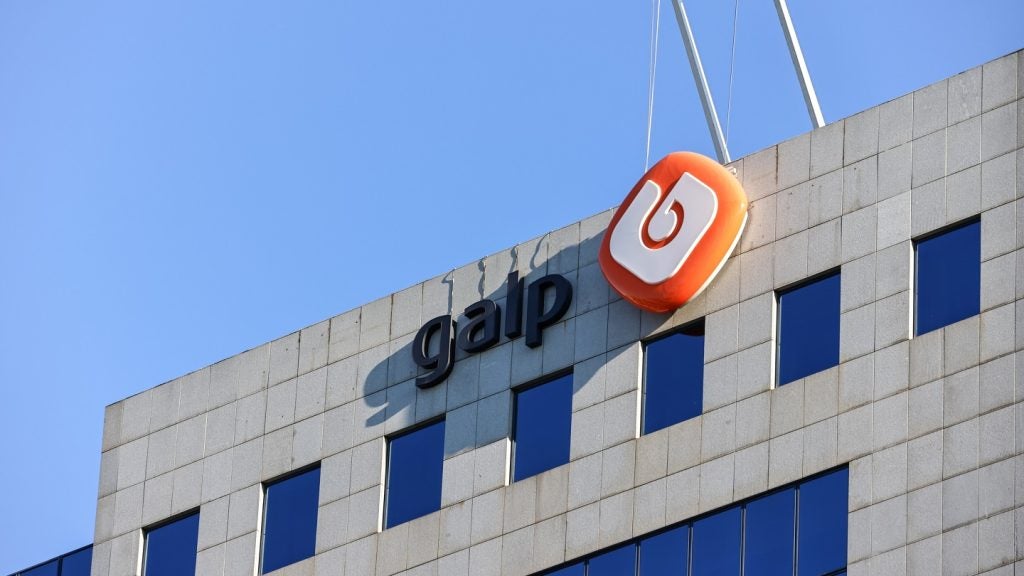
Despite another tough year for the offshore oil and gas sector, there are plenty of trends to be positive about. 2017 has seen an improved oil price, surprise investments in the UK Continental Shelf and Norway, as well as big spending from the majors in Brazil and the US Gulf Coast.
Furthermore, according to the EY Oil & Gas Capital Confidence Barometer (CCB) published in November, 69% of oil and gas executives expect to actively pursue an acquisition in the next 12 months.
Managing director for upstream oil and gas consulting, IHS Markit, Judson Jacobs, senior analyst at NRG Expert, Edgar van der Meer and EY Global Oil and Gas senior analyst Paul Bogenrieder share their thoughts on the opportunities and challenges for the sector going into 2018.
Heidi Vella (HV): Globally, where will the sector see new opportunities and investments in 2018?
Judson Jacobs (JJ): Hotspots will include Brazil, Mexico, Guyana and Mauritania-Senegal-Gambia-Bissau-Conakr basin continuing to receive the bulk of exploration dollars. Other places like the Gulf of Mexico, Eastern Mediterranean and North Sea will also be key areas of activity.
Edgar van der Meer (EM): As prices go back up, we are likely to see reinvestments in existing fields and investment in deepwater resources unexploited during the low price, including Gulf of Mexico, Brazil and Argentina. The Trump administration has indicated it would be open to exploring the Artic. However, I don’t think in the short term that will come into play, but discussions will start taking place.
Paul Bogenrieder (PB): We see digitization as the next big wave in oil and gas investment, facilitating more granular measurement, more advanced data analytics and artificial intelligence, and more precise process control. There are four specific opportunities: improving rig efficiency by producing more oil from each well, synchronizing supply chains and reducing down time through predictive maintenance and reducing energy costs at refineries.
How well do you really know your competitors?
Access the most comprehensive Company Profiles on the market, powered by GlobalData. Save hours of research. Gain competitive edge.

Thank you!
Your download email will arrive shortly
Not ready to buy yet? Download a free sample
We are confident about the unique quality of our Company Profiles. However, we want you to make the most beneficial decision for your business, so we offer a free sample that you can download by submitting the below form
By GlobalDataHV: The North Sea saw some significant deals in 2017, what can the region expect in 2018?
JJ: The North Sea was a big surprise. Private equity is driving resurgence and we see companies like Neptune and Chrysaor building large portfolios via asset sales from majors. While Aker and BP are exploring new models.
EM: The North Sea will require prices to stay at current levels, but there is increased activity and the economics are turning in favour of North Sea oil and gas. We will see Norway and the UK being well positioned for growth as part of the global picture.
PB: The North Sea has transformed into a classic “mature field” play. The investment and payback profiles are more dispersed and shorter in duration. Obviously, the volume of activity will depend on where oil prices go and whether they’re perceived as sustainable.
HV: The sector has seen some recovery in oil price this year, with prices being bolstered by the expectation that OPEC will extend its production cuts into 2018, will this result in an easier 2018?
JJ: We are cautiously optimistic as companies continue to focus on efficiency and cost to become low cost producers. Hiring may pick up outside the US, but not in a large way. North America will see a steady build in key plays, but remember the industry is doing more with less, but offshore costs have not hit bottom yet. That’s likely to happen in the middle of next year.
EM: It is very difficult to say. For immediate prices, and the day and month forward prices, there’s still going to be a lot of volatility in the market. I don’t think we will see a $20 oil price again. The effects of OPEC curtailed that somewhat and OPEC seem keen on raising the prices. Short to medium-term, we will not necessarily go back to $100+ a barrel either. There is still a lot of movement in the market and the supply side is controlling it.
PB: There are two things to keep an eye on. The first is the sustainability of production cuts. Fiscal balance is an issue for OPEC countries. Increasing production has benefits in the here and now. Holding back production and waiting out higher prices requires patience. The second is the response of North American shale producers to higher prices. There’s some indication of activity picking up, and if shale producers fill the void left by OPEC, their strategy could be for naught.
HV: The US administration announced that it will sell leases for nearly 77 million acres in the Gulf of Mexico for oil and gas drilling—the largest offering ever – do you anticipate interest to be high and what else can the US sector expect?
JJ: There should be a moderate amount of interest in the Gulf of Mexico, but the pool of Gulf of Mexico players shrunk in the down turn.
EM: The Trump administration from day one has been following a very US centric approach for energy, it is very clear it does want to further reduce imports on foreign energy, and it tends to lean towards pipeline construction.
PB: There’s good physical and service infrastructure in the US, and the checks and balances in the political system tend to keep the regulatory environment stable and agreeable. Production in the US will always be price sensitive in the short term. The small scale and cycle times mean that the economics tilt toward variable costs. The US Government has a lot of moving parts and checks and balances, and there’s a question mark around how much impact the new administration has had, or will have in the here and now.
HV: What other challenges might the sector face in the next 12 months?
JJ: Namely that price volatility will continue. The offshore sector continues to grapple with lowering lifecycle costs, both through alternate project designs and the introduction of new operating models that combine remote operating practices, more predictive and data-driven analytical tools, and enabling scarce technical resources to support multiple assets to help overcome the skills gap. These require the industry to be more aggressive in considering and deploying new innovations, from both within and outside the E&P sector.
EM: Steady supply. There has been a shortage of investment in the ancillary services. North America pipeline construction is lagging behind; refinery capacity in Europe and North America is limited; and there hasn’t been a lot of investment in these past few years because prices were low and the local fields were not producing as much. The challenges aren’t for the sector as a whole, but very localised to companies and where they operate geographically.
PB: Investment in offshore deep water assets is an uncertain prospect. Production declines in Asia, South America and Africa have been a big part of the oil market balancing equation. Over-correction is a risk unless the capital starts to flow to those regions. The biggest question mark is how to drive revenue in a commodity price environment that looks to be lower for longer, or even forever. Sustainability is also a key issue, as well as figuring out what the energy mix of the future will look like.






